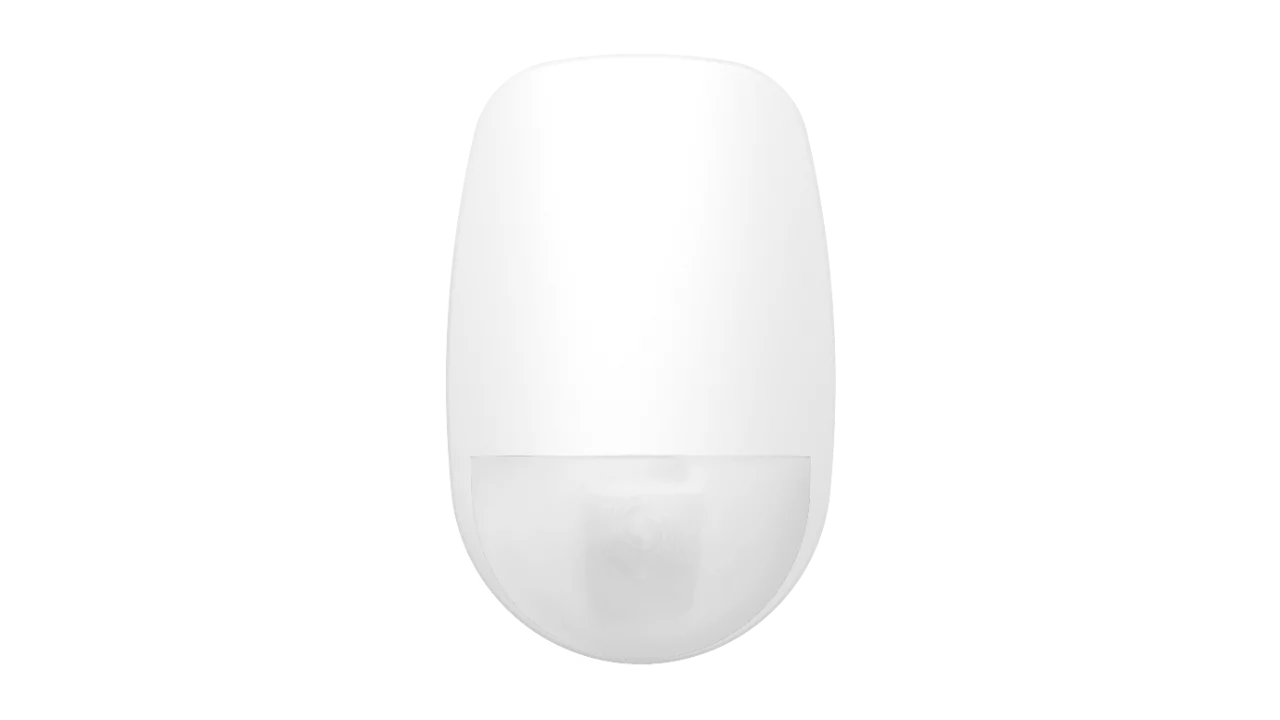ONVIF: What Does This Standard Mean for Your CCTV System
ONVIF is an international standard that ensures that different security devices, like cameras and recording systems from different companies, work together smoothly. This solves the problem of incompatibility that often happens when these devices are from different manufacturers.
Background and Purpose
Before ONVIF, security cameras and other network devices from different companies couldn't easily communicate with each other. This made building integrated security systems tough and expensive. To fix this, three leading security companies created ONVIF in 2008.
ONVIF aims to:
- Create a common language for all network video devices to communicate.
- Make sure devices from different brands work together seamlessly.
- Keep improving the standard as technology evolves.
How ONVIF Works
ONVIF enables security devices to communicate using a common language. This allows them to:
- Connect and be controlled.
- Exchange video, audio, and other important data.
- Share settings and operating status.
Thanks to ONVIF, users can easily add new devices to their system without compatibility problems, as long as the devices comply with the ONVIF standard.
Key Features of ONVIF
ONVIF offers several key features that simplify security system management:
- Automatic Device Discovery: Devices can easily find and recognise each other on the network, making installation much easier, especially in systems with many devices.
- Video and Audio Streaming: Cameras and recording systems can transmit video and audio using standard protocols like RTSP and RTP.
- PTZ Camera Control: Users can easily control the movement and zoom of pan-tilt-zoom cameras.
- Network Configuration: ONVIF software makes it easy to configure network settings such as IP addresses and gateway information.
- Integration with Video Analytics: Newer ONVIF devices support advanced features like motion detection and facial recognition, enabling intelligent surveillance.
ONVIF Profiles
ONVIF uses "profiles" to define which features a device must support, ensuring compatibility. Some key profiles include:
- Profile S (Streaming): This profile supports live video streaming and basic features like camera control and live video capture.
- Profile G (Storage): This profile is for devices with onboard storage. It enables access to recorded video and synchronisation with the main camera.
- Profile T (Technology): This product supports the latest advancements, such as H.265 video, advanced analytics, and strong security, making it ideal for modern systems.
- Profile Q (Quick Installation): Designed for easy setup with features like plug-and-play and fast network discovery.
- Profile M (Metadata & Analytics): This feature enables devices to send video data and analytics directly, which is crucial for AI-powered systems.
Benefits of ONVIF
ONVIF brings several key benefits to CCTV systems:
- Universal Compatibility: Devices from different brands work together seamlessly, regardless of the manufacturer.
- Easy Integration and Scalability: Adding new devices to the system is simple and doesn't require major system overhauls.
- Cost-Effectiveness: Users are flexible in choosing devices that best suit their needs and budget without being limited to a single brand.
- Continuous Technological Advancement: ONVIF is consistently updated to incorporate the latest technologies, such as AI, IoT, and advanced video compression.
Challenges
While ONVIF offers significant benefits, there are also some challenges:
- Inconsistent Implementation: Not all devices with the ONVIF label support every feature. Compatibility issues can still arise, requiring testing to ensure compatibility.
- Security Risks: Improperly configured ONVIF devices can have security vulnerabilities. Maintaining network security and keeping software updated is crucial.
- Performance Variations: Although compatible, devices from different manufacturers may not always perform consistently.
Example Implementation
A company can easily build a diverse CCTV system using ONVIF. For example, they can combine cameras from different brands like UNV, Hikvision, and Dahua. With ONVIF, they can:
- Connect all cameras to an NVR that supports ONVIF.
- Manage the entire system using ONVIF-compatible video management software (VMS).
- Easily add new cameras from any brand without worrying about compatibility issues.
Conclusion
ONVIF has revolutionised network surveillance. By promoting flexibility, affordability, and seamless integration, it perfectly addresses the evolving demands of modern security systems. Although challenges like security and compatibility variations exist, the advantages of ONVIF significantly outweigh these issues, making it an indispensable component of today's CCTV solutions.

